This week, I flew Asiana Airlines First Class on my way back to Toronto, thereby checking another international First Class product off my bucket list. While I’d normally have a post sharing my initial impressions, I decided to mix it up a bit by chatting with you guys about my general thoughts on travelling in premium cabins, now that I’ve circumnavigated the world in the posh seats quite a few times.
For context, I wrote the below two articles after my maiden flights in long-haul business class and First Class respectively, and this post is meant to be a natural continuation of the reflections I had back then:
As for the Asiana First experience, it was of course a tremendously satisfying flight in just about every way. I’ll be putting together a detailed review in due time; for now, a few teaser pictures to keep you occupied…
The Variance Among Airlines
Flying in a premium cabin for the first time is no doubt a special thing. I remember my first flight on Brussels Airlines – from the moment we stepped on board, we were struck with unbridled amazement at our luxurious surroundings. The flight attendants could tell it was our first time by the looks on our faces, and were extra diligent in refilling our drinks as a result. It was awesome.
But once you’ve got a few flights under your belt, you start to notice the differences between the premium cabins on different airlines. I’ve actually come to be quite surprised at the sheer gulf in quality, especially between airlines that I’d otherwise hold in equal regard.
For example, EVA Air business class was spectacular both times I flew it, offering reverse herringbone seats, delicious pre-booked meals, and attentive personalized service. It’s therefore become one of my first choices for transpacific flights, and I’d easily go out of my way to fly with them if I couldn’t find availability on their Toronto flight.
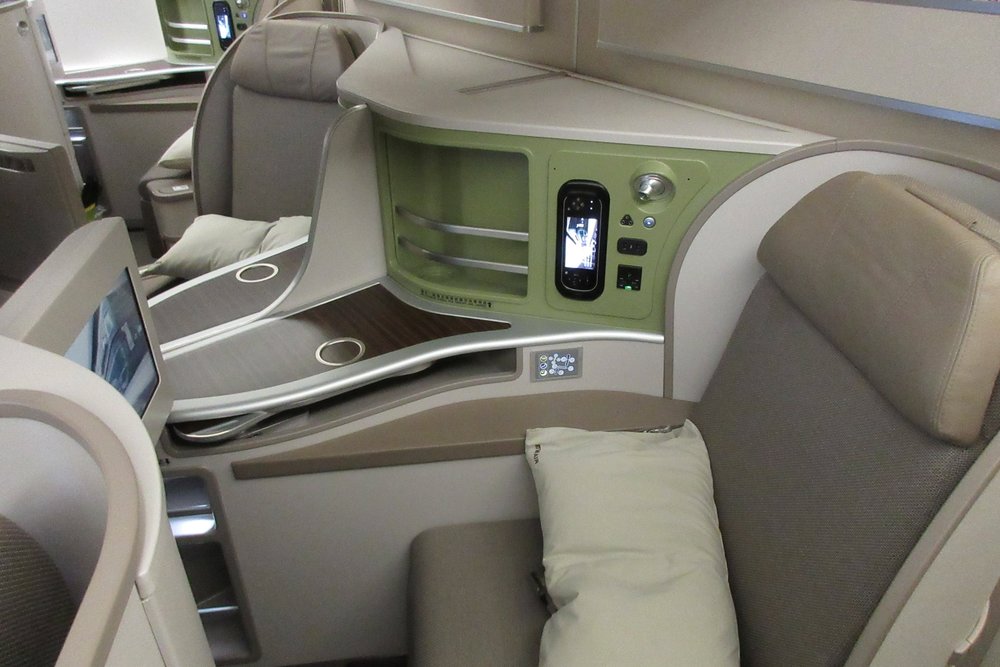
EVA Air business class on the Boeing 777
On the other hand of the spectrum, you have something like Lufthansa business class, which I flew recently from Toronto to Frankfurt (I should have the review out soon). I’ve always thought of Lufthansa very highly – perhaps it’s the German efficiency ideals and whatnot – but my goodness do they have lots of room for improvement with their business class.
No privacy at any seat, outdated interiors and seat features, and factory-line service – not exactly befitting of one of the world’s leading airlines. Even if their flights didn’t come with ridiculous fuel surcharges, I’d probably avoid them going forward, since there are certainly better options for transatlantic business class. (Don’t get me wrong, though, it’s still worlds apart from economy class – a topic I’ll get to later…)

Lufthansa business class on the Boeing 747-400
Even on short-haul flights, the differences between airlines can be stark. For example, Japan Airlines seems particularly fond of putting wide body aircraft on regional routes, making them an excellent choice if you want to hop around Asia in relative comfort. Air China, ANA, even the venerable Singapore Airlines have lots of A320-family jets operating on intra-Asia routes, whereas if you fly with JAL, you’ll likely end up in one of many cutting-edge business class seats on a Boeing 777 or 787.
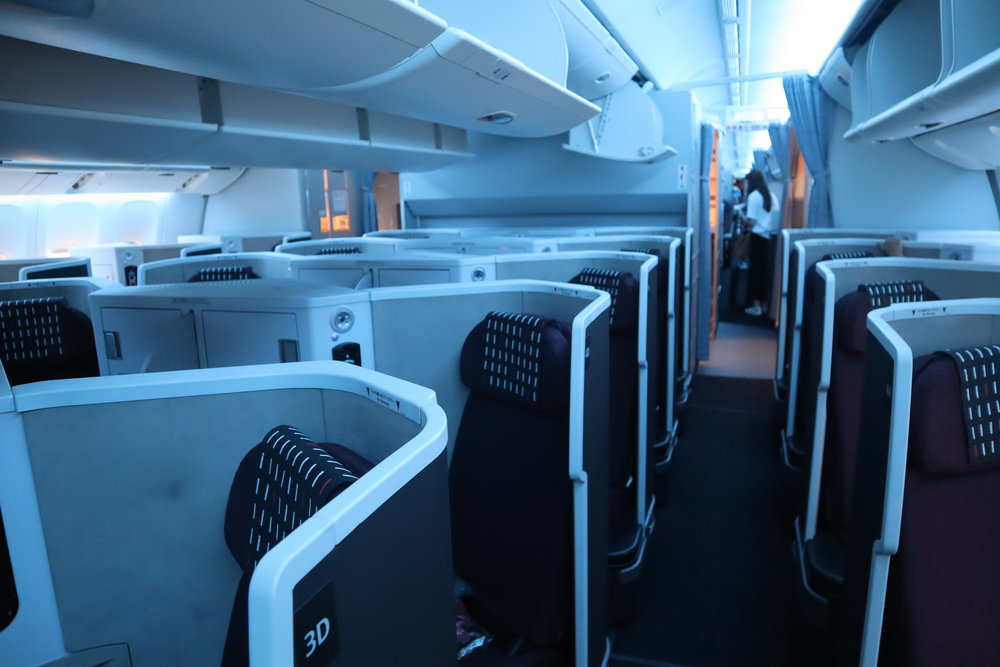
Japan Airlines Sky Suites III on the Boeing 777
While the variances among airlines can be frustrating when you’re stuck on an inferior product, it’s ultimately part of what makes premium travel so fun to begin with. Economy class tends to be very similar across the board, while business class tends to give you something different on each airline, which makes the journey a little more interesting on your way to the destination.
Lie-Flat Beds Make the Difference
The more time I spend in business class cabins, the more I value one particular benefit much more than any other – the ability to arrive well-rested thanks to a decent sleep on a lie-flat bed.
Sure, dining on a few gourmet dishes by signature local chefs is a nice perk, but you aren’t going to die from eating off the economy trays either. There’s only so much alcohol you can throw back before everything starts to get a little hazy. As for lounge access? You can easily get that with a Priority Pass card, which in many cases takes care of your food and drink needs as well.
A proper lie-flat bed is the primary reason why people are willing to pay for business class outright, because the better-quality rest can make all the difference between energy and lethargy upon your arrival. When I flew in economy class, I’d always need a day or two to deal with the double-whammy of poor sleep and jet lag, but nowadays I’m able to jump on the sightseeing trail right away with the help of a coffee or two.
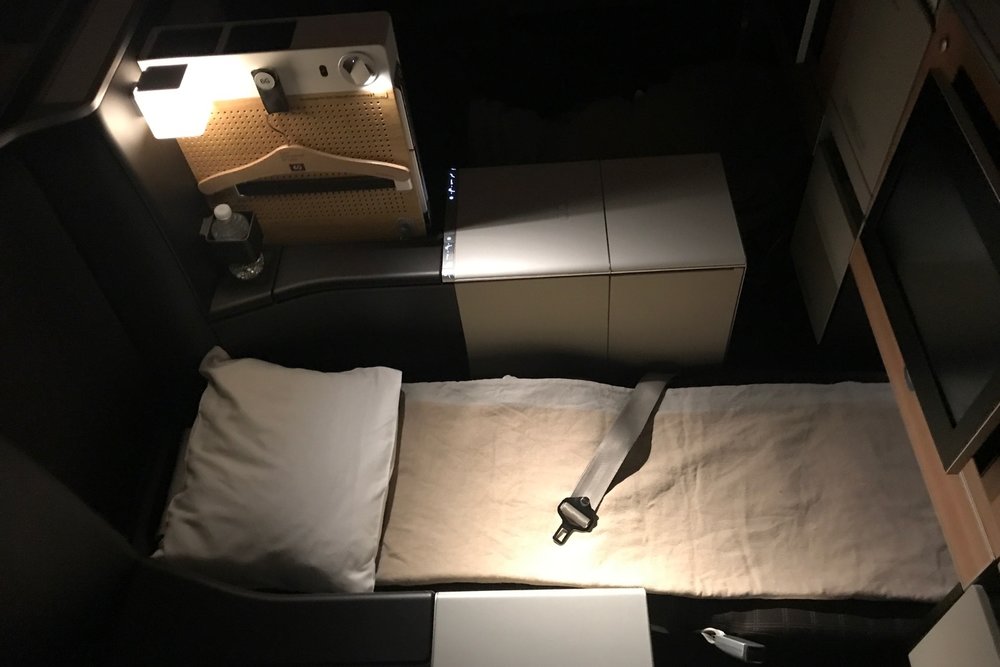
Lie-flat bed on the Swiss 777
Of course, this isn’t a universal truth – for example, I struggled to fall asleep on Air Canada business class because of the unreasonable design of the seat in lie-flat mode. Moreover, if you’re a light sleeper, you’d have a hard time drifting off amidst the cacophony of an aircraft cabin, sleeping angle be damned.
But one way or another, I know that I can expect a certain added level of comfort from business class – which might not be quite worth the considerable cash premium but certainly is worth the smaller premium in mileage – and it’s therefore the main reason why I always look to secure lie-flat seats whenever I know I’ll be overnighting at 37,000 feet in the air.
First Class Is Always Special
While my maiden flight on Brussels Airlines business class had left me awestruck, I’ve since flown many more segments in the forward cabin, which has established the business class experience as a baseline of sorts. Nowadays when I board a flight, I no longer gape in amazement at my surroundings; instead, I simply settle into my seat and absorb the comfort of the cabin.
First Class, on the other hand, is a different story. An upcoming First Class flight still has me marking my calendar, counting down the days, and waiting in anticipation with my heart racing on the day.
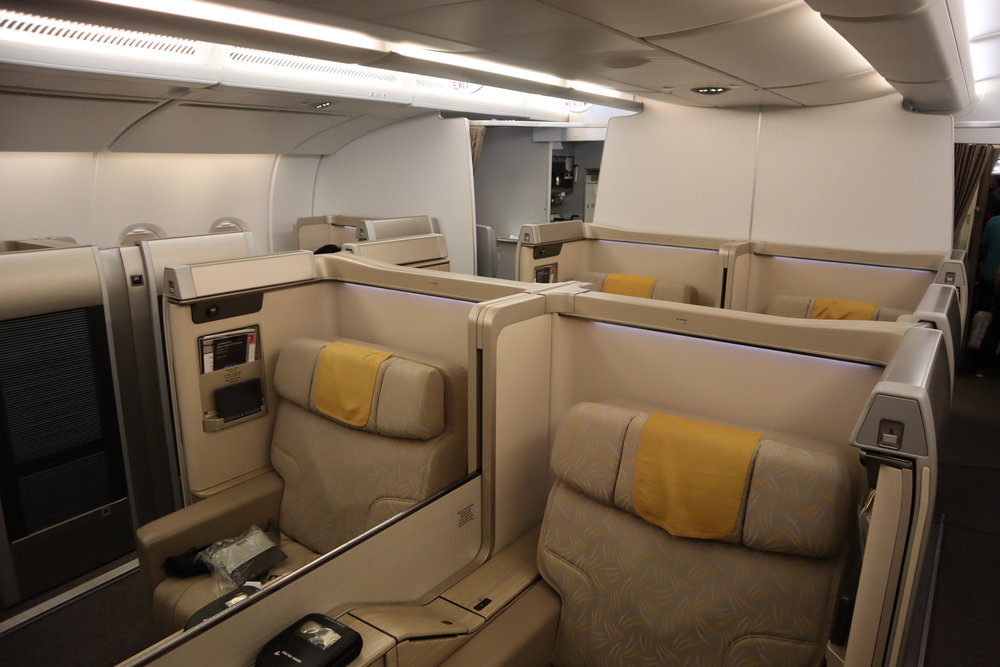
Asiana Airlines First Class on the Airbus A380
To see why, you have to realize that First Class flights are pretty rare to begin with, and you often need to go out of your way to be able to fly one. For example, the only First Class options out of Canadian airports are Cathay Pacific, Korean Air, Saudia, and Emirates; to fly the First Class product of any other airline, you’ll probably have to connect via the US.
Furthermore, most airlines only operate First Class on a select handful of their most premium-heavy routes, and many are also in the process of further cutting First Class services given that they’ve found business class to be the most profitable cabin in general.
Throw in the exorbitant costs in terms of both cash and points (and the well-documented restrictions in terms of booking with the latter), and it becomes something that very few people get to try in their lifetimes. All this conspires to ensure that First Class is special every single time, no matter how many times you fly it.
That’s not to say that there aren’t major variances among different airlines’ First Class cabins either. Some, like Japan Airlines, focus on delivering incredible in-flight dining; others, like Lufthansa or Cathay Pacific, concentrate on all-round excellence, investing in the ground experience of lounges and car transfers in addition to the flight itself.
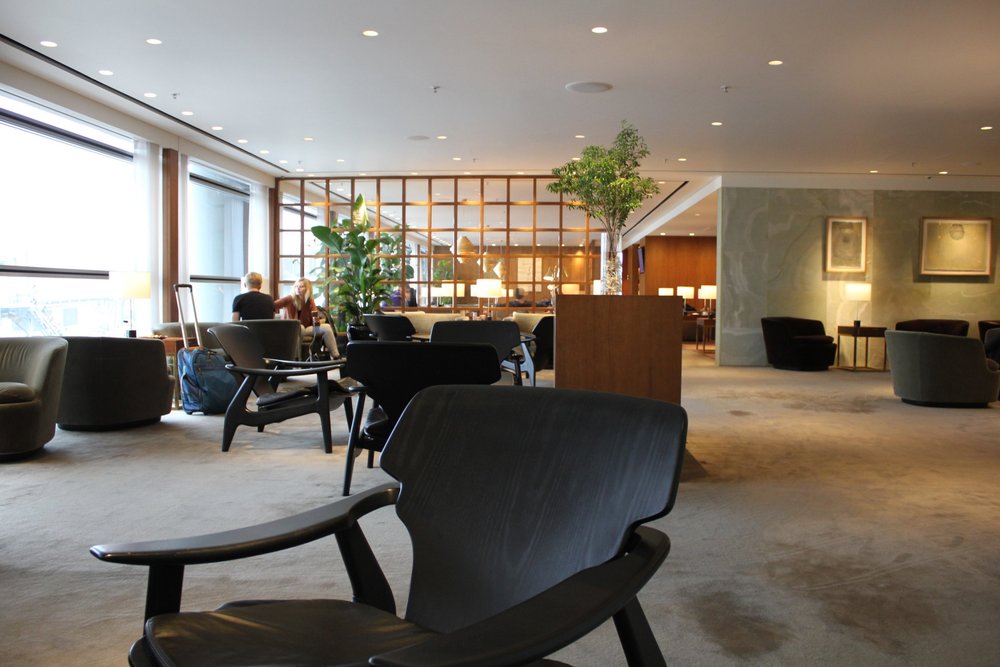
The Pier First Class Lounge by Cathay Pacific
Having flown First Class on five different airlines now, I think they can generally be grouped into two different categories. There’s the top-tier cabins, which were incredible, unforgettable, and which I’d make every effort to fly again, and then there’s a second, slightly lower tier, which were still incredible, still memorable, but I wouldn’t go out of my way to fly it again unless it was the most logical option.
Based on my experiences so far, I’d probably put Lufthansa, Cathay Pacific, and JAL in the former category, Asiana Airlines in the latter, and ANA somewhere in the middle (but only because it was an overnight flight with a limited meal service). Hopefully there’s many more to come!
Keeping My Inner Snob In Check
If you’ve been following the blog for a while, you’ll notice that I make every effort to redeem my points for long-haul premium cabins wherever I go. In fact, the last time I flew long-haul economy class was nearly a year ago on my trip to London; since then, I’ve done South East Asia, China, Latin America, and Russia and China again in business class or higher.
I say that not to engage in empty boasting, but rather to emphasize the reality that ever since stepping foot on my Brussels Airlines flight in May of last year, travelling in premium cabins has become, for better or worse, something I’ve become accustomed to. And that’s a little scary, because it also means that I’ve developed a general aversion to flying in economy class – in other words, I’ve become a bit of a snob.
I’m totally comfortable a short-haul flight or two in the economy seats, but anything involving an overnight and I begin to shudder at the thought of sleeping on something that’s not a lie-flat surface (and yes, I do hear myself saying that, thank you very much). Indeed, an oft-repeated word of warning among points-collecting circles is that “once you start flying business class, you can’t go back!”
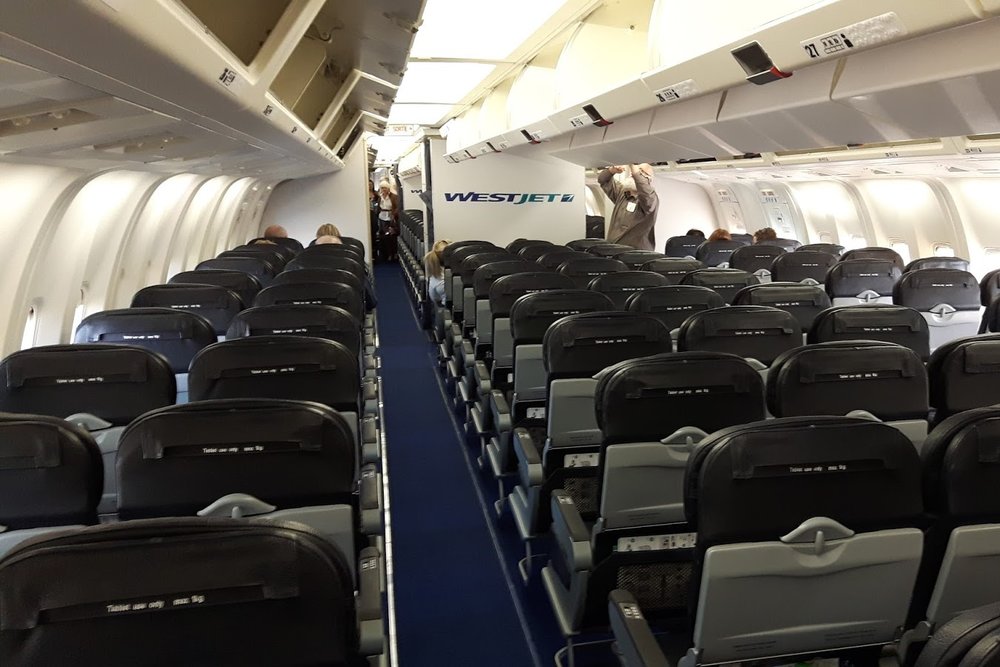
The WestJet 767, my most recent flight in economy class
That can be a dangerous line of thinking, because there’s no guarantee that Miles & Points will be around for the rest of my lifetime. Economy class has always been how people around the world travel; it’s how I travelled before dabbling with credit cards – and I had enjoyed every second of it, because I actually like flying. But now that my tastes have shifted in the direction of the swanky, I imagine I’d be in for quite the reality check if the opportunities to affordably fly in premium cabins were to disappear.
I suppose one way to resist these tendencies would be to deliberately fly in economy class every now and then, just to make sure I never lose that perspective. Indeed, there’s a good case to be made that tempering one’s encounters with luxury makes them that much more special. Whether I follow through with that, though, only time will tell…
Conclusion
The way I travel has changed drastically ever since I discovered Miles & Points. Whereas before I had happily subjected myself to 16-hour hauls in Seat 61H out of nothing more than the sheer love of flying, these days I’m able to revel in the comforts of business class and First Class as I take to the skies. I’m obviously immensely grateful for these opportunities, and while I do feel a little troubled by the thought that they may disappear one day, I also think that the best we can do is to maximize them while they’re here.







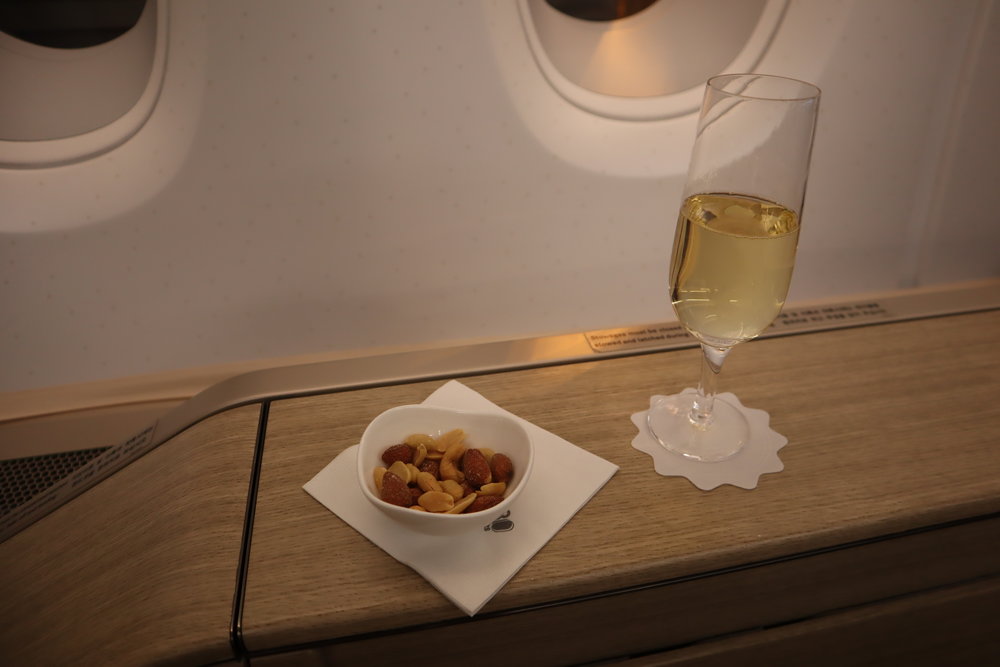
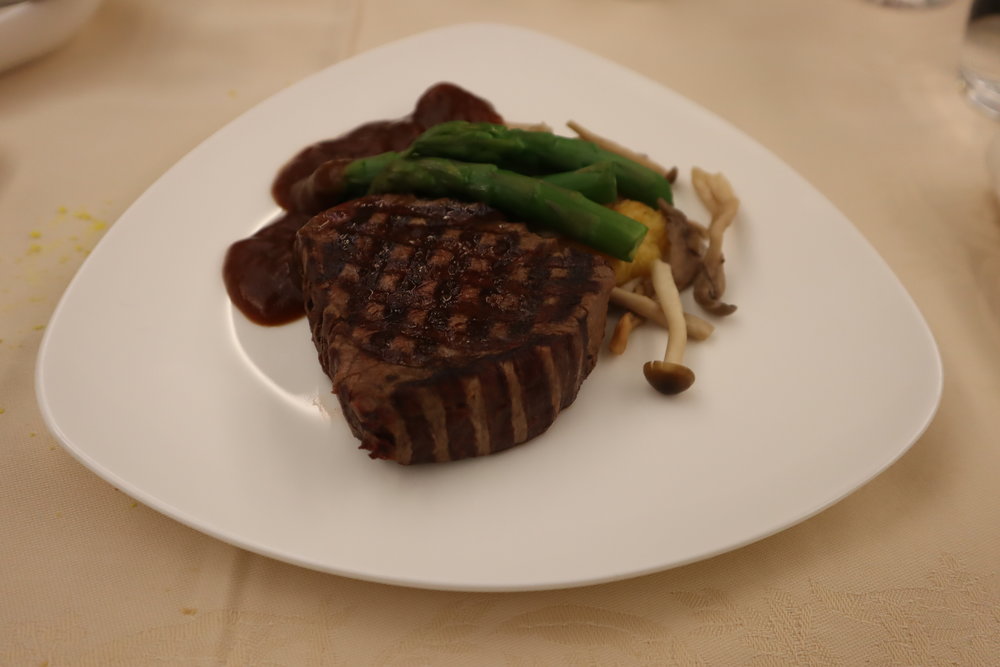
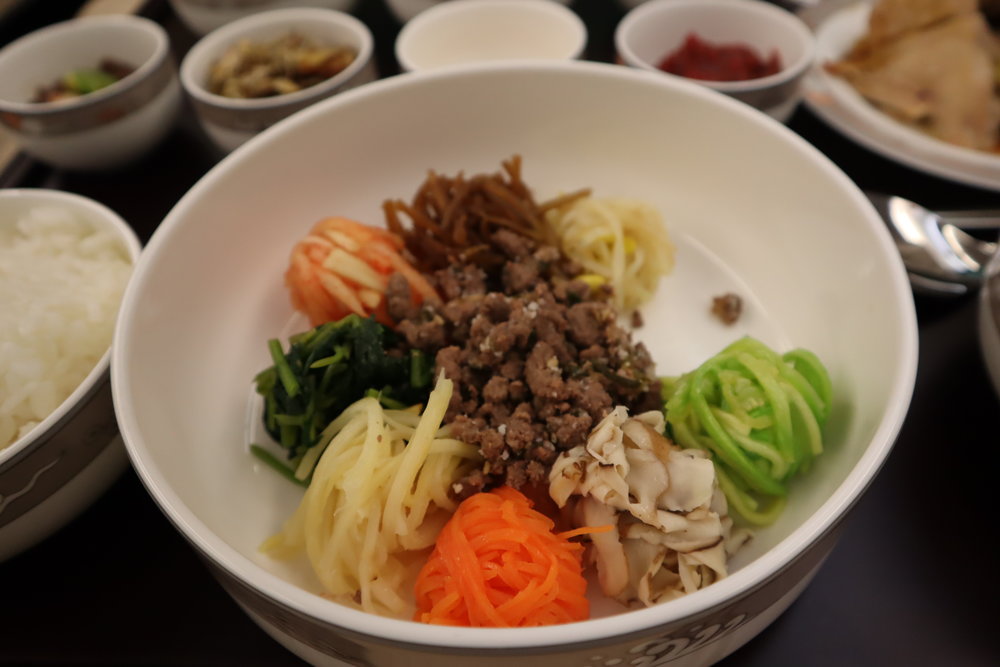
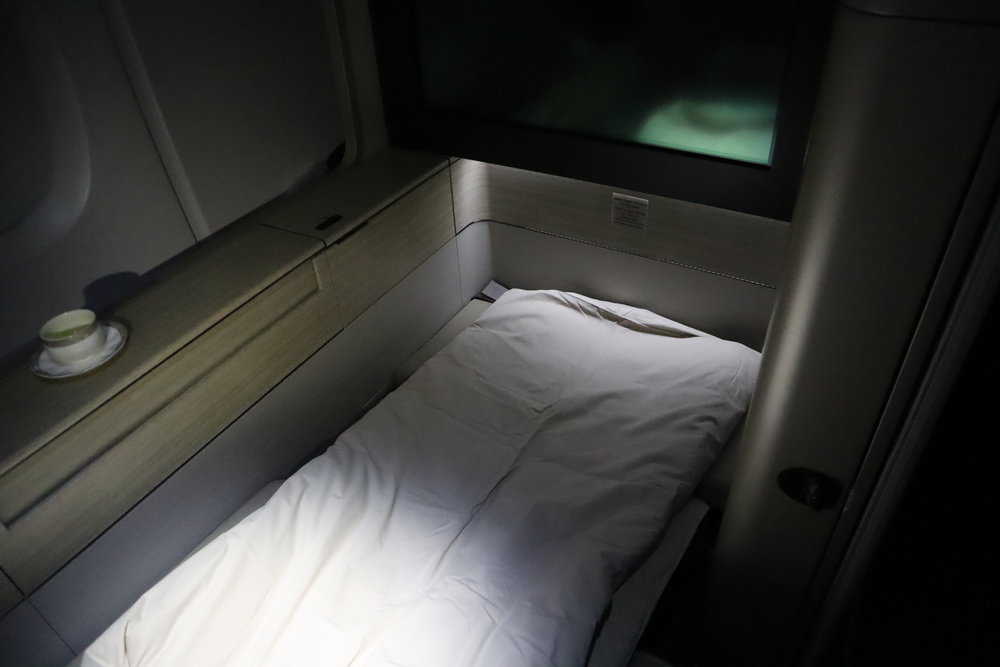
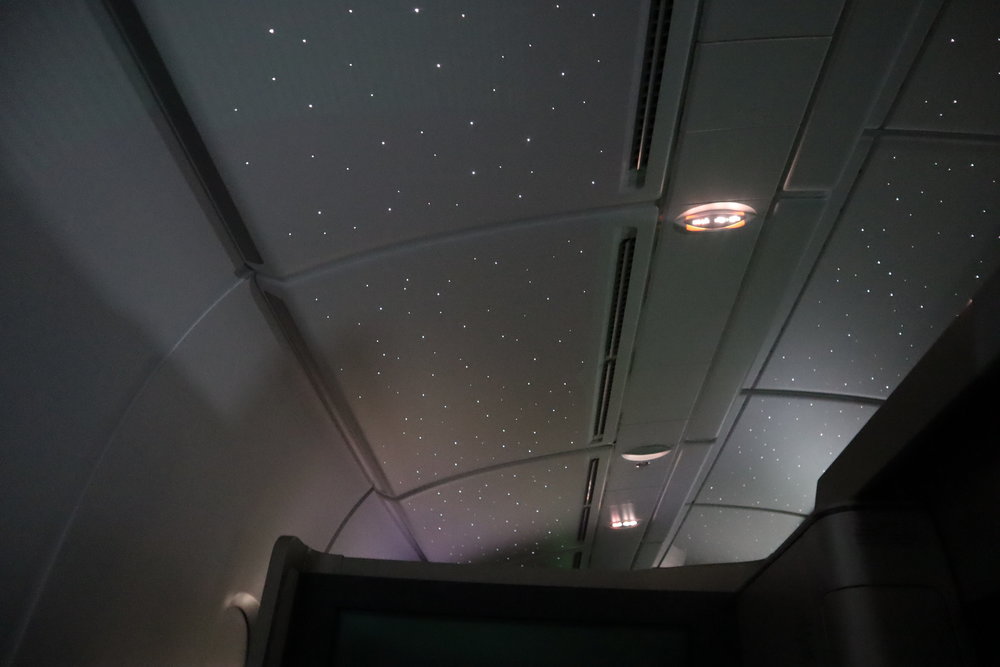














You should try a few 45 minute YYZ-YGK runs to get back that good ol economy spirit. Seriously though, they’re decent flights if the prices are right. While you’re talking about economy, I’ve been thinking as I’ve enjoyed reading about your premium travels that it would make a great April Fool’s post someday if you gave one of these short flights the full review experience!
You know what, that’s actually not a bad idea 😉
well if one day miles & points come to end. one can go the route of paying for the J/F flight and pay it off with points with amex. 🙂
I’m flying BA first on their A380 from Chicago to LHR in 6 weeks, cannot wait.
Enjoyed reading your article Ricky. Looking forward to trying ANA, TG and Asiana F on my 2019 Tokyo / BKK trip from YYC. One small thing, think you need to update the RBC Avion 25K link on the right side of your webpage, believe its back to 15K now.
Thanks for catching that, Chris – it did indeed require updating. Nowadays, while the 25K First Year Free offer is no longer available, there’s an offer for 15K First Year Free + 10K after $1,000 spending. I’ve updated the article and link to reflect that.
Your article is very timely as just last night I booked my first F in JAL: LAX > NRT > KUL. (Second leg is J.) Waking up today, I almost can’t quite believe this is finally happening. As someome on a very modest income, it’s simply amazing that I’ll get to experience this.
Congrats! I’m very happy for you. Make sure to savour the delicious onboard dining and try the made-to-order sushi bar in the First Class Lounge 🙂
I am new to the churning game, so my only Business Class experiences are via work, so YYZ-HKG/HND. Air Canada was my first experience in Biz, and I had the same feeling, "I cant sleep like this, I don’t know why everyone is so excited for these Lie Flat seats". I chalked it up to me being a big guy (6′ 0" 275lb). But then I experienced Cathay to HKG and I understood. Biz doesn’t suck, AC Biz sucks! Its interesting to see the different airlines and how they stack up.
Oh, and the stationary ads are fine, just dont put any pop-ups, or those ones that mess with the scrolling like newspaper have started using.
I have no problems with the Ads. The more successful this blogs is for Ricky, the more incentive he has to post! 🙂
The problem is that Ricky makes it look too easy. I think the average collector needs to taper their expectations of luxury travel, like myself.
I have to say, the ads are really annoying. Definitely not something to add if you want to keep people coming back.
Content is good as always but the addition of ads is not welcome in my opinion.
Annoying yes, but I imagine bloggers gotta make money somehow! Keep up the great content Ricky, the ads are OK.
Well yes – I see your point but I would imagine they pay and so they are a necessary evil. Makes no difference to me – excellent content and so the ads don’t matter.